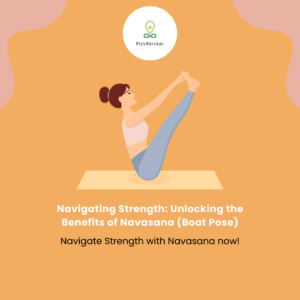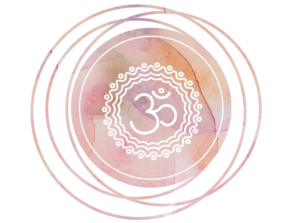Table of Contents [Show]
What is Surya Namaskara?
Surya Namaskara, also known as Sun Salutation, is a flowing sequence of twelve yoga poses. The term “Surya” signifies the sun, while “Namaskara” refers to salutation. This ancient Indian practice serves as an expression of gratitude towards the sun—a symbol of vitality and life force. By combining physical postures (asanas), breath control (pranayama), and mindful movement, Surya Namaskara offers a comprehensive approach that energizes the body and calms the mind. Yoga enthusiasts often embrace this popular ritual at the start of their sessions to warm up their bodies and prepare for more challenging poses.
Preparation for Surya Namaskar
To ensure a safe and effective practice of Surya Namaskara, it is important to prepare both your body and mind. Here are a few steps that can help you achieve this:
- Warm up: Before beginning Surya Namaskara, it is advisable to prepare the body with gentle stretches or light cardio exercises. This practice helps relax the muscles and promote better blood circulation.
- Choose a suitable practice space: To enhance your practice sessions, locate a serene and tidy space devoid of any disruptions. Additionally, ensure you have ample room surrounding you to move freely and unrestrictedly.
- Get the right attire: People should opt for comfortable clothing that allows easy and unrestricted movement. It is advisable not to wear tight clothing as it can slow down natural body motions.
- Use a yoga mat: Using a yoga mat will provide cushioning and support for your body during the practice. It will also help to prevent any slipping or sliding.
- Set the intention: Take a moment to set an intention for your practice. It could be something as simple as dedicating the practice to your well-being or focusing on gratitude.
- Breathing awareness: Throughout the practice, pay attention to your breath. Try to synchronize your movements with your breath, inhaling as you extend or open up, and exhaling as you fold or contract.
- Listen to your body: Surya Namaskara, a dynamic practice, requires attentiveness to your body and respecting its limitations. If any discomfort or pain arises, it is essential to modify the pose or take a momentary pause.
- Stay hydrated: To maintain proper hydration, it is advisable to drink an ample amount of water before and after your practice. Furthermore, it is recommended to allow a gap of 2-3 hours between consuming any heavy meal and engaging in physical activities.
- Practice with consistency: Regular practice is key to fully benefiting from Surya Namaskara. Aim for a minimum of 3-4 sessions per week to witness improvements in strength, flexibility, and overall well-being.
Choosing the right time and place
When it comes to practicing Surya Namaskara, one should carefully consider the time and place. The ideal choice is early in the morning, preferably during sunrise. This timing allows for syncing your body with the natural rhythms of the sun and setting a positive tone for the day ahead. However, if mornings aren’t feasible, evenings are also an option for practicing Surya Namaskara.
When it comes to the location, one should seek out a serene and tidy space, free from any distractions. This could be your own living room, a nearby park, or even your very own backyard. The paramount aspect is to establish an atmosphere that promotes tranquility and undivided focus.
Step-by-Step Guide to Surya Namaskara
Step 1: Pranamasana (Prayer pose)
- Begin by standing at the front of your mat with your palms pressed together in front of your chest, focusing your attention and setting an intention for your practice.
Step 2: Hasta Uttanasana (Raised Arms pose)
- Inhale and lift your arms overhead, arching your back slightly and stretching your whole body.
Step 3: Hasta Padasana (Hand to Foot pose)
Exhale and fold forward, bringing your hands to the floor beside your feet. Bend your knees if needed.
Warm up: Before beginning Surya Namaskara, it is advisable to prepare the body with gentle stretches or light cardio exercises. This practice helps relax the muscles and promote better blood circulation.




